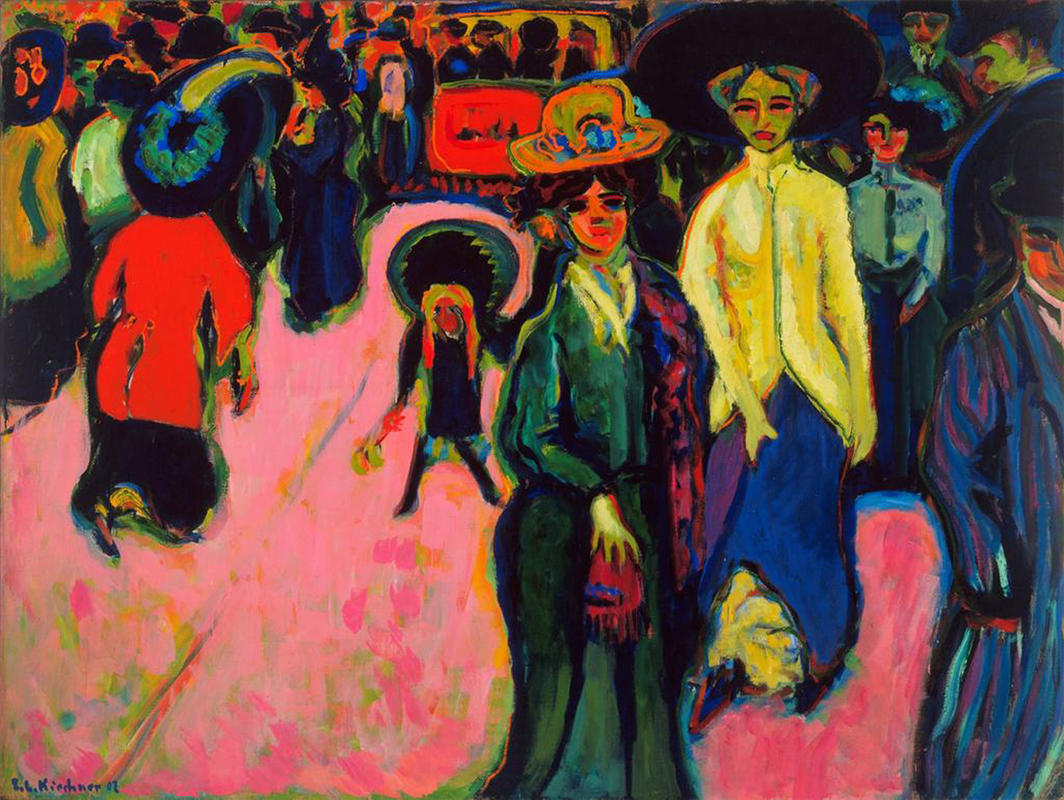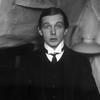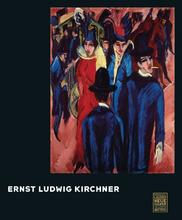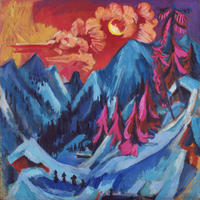More about Street, Dresden
- All
- Info
- Shop

Contributor
I’ve never done hallucinogens, but I imagine artist Ernst Ludwig Kirchner dabbled in his fair share of absinthe.
Kirchner painted this Dresden scene as part of a series depicting gritty city streets. These paintings often showed Berlin prostitutes. Very well-dressed prostitutes in my opinion, unlike the spandex sported by modern streetwalkers. I’m also not sure who is toting their kid around this part of town, but maybe in Berlin circa 1910 people were a little more open about these things.
The vacant stares of these women combined with the almost neon colors Kirchner used to make me think I’m watching a lost scene from the “Pink Elephants on Parade” number in Dumbo instead of looking at a painting. Kirchner captures the chaotic energy and tension of German cities in the years before World War I.
Kirchner felt both inspiration and loneliness living in the anonymity of a big city. He once wrote, "The more I mixed with people the more I felt my loneliness." Anyone looking at this painting can identify with the feeling of hurrying down a crowded street, stepping from side to side in the dance to avoid bumping into other pedestrians and never making eye contact or talking with these perfect strangers.
The colors and overall claustrophobic feeling of this painting remind me of a series of cat paintings done by a man with schizophrenia named Louis Wain. If you want to make an argument for a "mentally ill style," it adds up. Kirchner suffered a mental breakdown during his voluntary army service in World War I, spending two years recovering in a mental institution.
Later, his artwork was labeled “degenerate” and he was booted from the Berlin Art Academy. Hundreds of his paintings were confiscated by the Nazis and destroyed. Most likely this traumatic series of events lead to Kirchner ultimately committing suicide via gunshot to the head.













